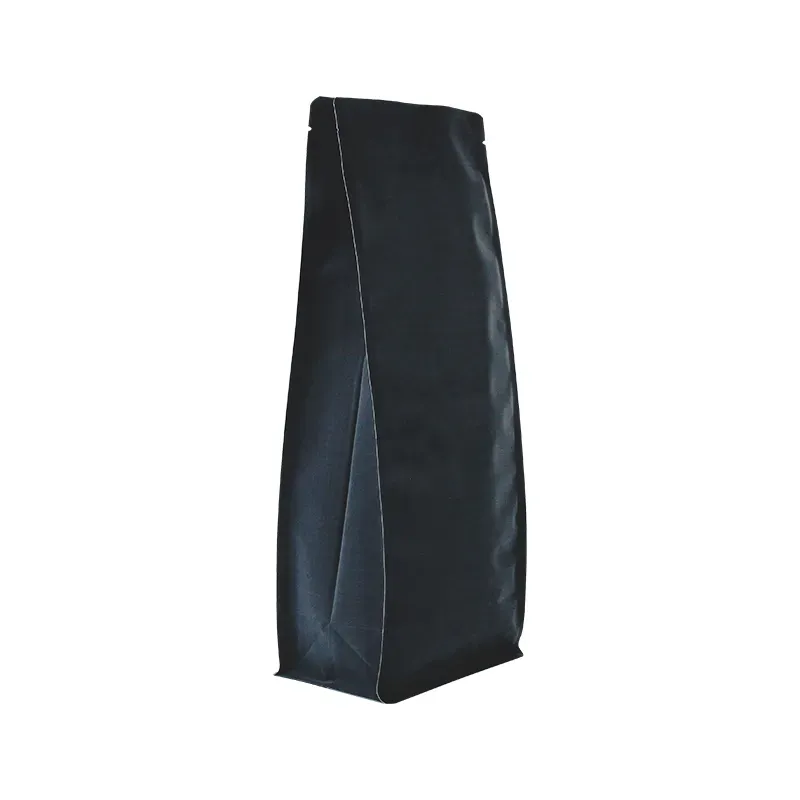- Afrikaans
- Albanian
- Amharic
- Arabic
- Armenian
- Azerbaijani
- Basque
- Belarusian
- Bengali
- Bosnian
- Bulgarian
- Catalan
- Cebuano
- chinese_simplified
- chinese_traditional
- Corsican
- Croatian
- Czech
- Danish
- Dutch
- English
- Esperanto
- Estonian
- Finnish
- French
- Frisian
- Galician
- Georgian
- German
- Greek
- Gujarati
- haitian_creole
- hausa
- hawaiian
- Hebrew
- Hindi
- Miao
- Hungarian
- Icelandic
- igbo
- Indonesian
- irish
- Italian
- Japanese
- Javanese
- Kannada
- kazakh
- Khmer
- Rwandese
- Korean
- Kurdish
- Kyrgyz
- Lao
- Latin
- Latvian
- Lithuanian
- Luxembourgish
- Macedonian
- Malgashi
- Malay
- Malayalam
- Maltese
- Maori
- Marathi
- Mongolian
- Myanmar
- Nepali
- Norwegian
- Norwegian
- Occitan
- Pashto
- Persian
- Polish
- Portuguese
- Punjabi
- Romanian
- Russian
- Samoan
- scottish-gaelic
- Serbian
- Sesotho
- Shona
- Sindhi
- Sinhala
- Slovak
- Slovenian
- Somali
- Spanish
- Sundanese
- Swahili
- Swedish
- Tagalog
- Tajik
- Tamil
- Tatar
- Telugu
- Thai
- Turkish
- Turkmen
- Ukrainian
- Urdu
- Uighur
- Uzbek
- Vietnamese
- Welsh
- Bantu
- Yiddish
- Yoruba
- Zulu
Guide to Selecting the Perfect PMS Color for Your Design Projects
How to Find a PMS Color
When it comes to graphic design, branding, or any visual project, color plays a pivotal role in conveying emotion, identity, and message. The Pantone Matching System (PMS) is a standardized color reproduction guide that helps ensure color consistency across different materials and production processes. Finding the right PMS color can be a bit overwhelming, especially with the wide array of colors available. However, with the right approach, you can easily identify the perfect PMS color for your project. Here are some steps to guide you through the process.
Step 1 Understand Your Project’s Needs
Before diving into the world of colors, it’s essential to understand what you want to achieve with your design. Ask yourself the following questions
- What message do I want to convey? - What emotions should the color evoke? - Who is my target audience? - Where will the design be used (print, web, merchandise, etc.)?
Having a clear understanding of your project’s needs will help narrow down your color choices.
Step 2 Gather Inspiration
Once you know what you want, gather inspiration from various sources. Explore design websites, social media platforms, nature, or even art. Look for color palettes that resonate with your project’s vision. Tools like Pinterest can be incredibly helpful in curating a collection of colors that you find appealing. Pay attention to trends within your industry, as they can also guide your color choices.
Step 3 Use Color Theory Principles
Understanding basic color theory will help you make informed decisions when choosing a PMS color. Familiarize yourself with concepts like
- Primary Colors Red, blue, and yellow are the foundation of all other colors. - Secondary Colors Created by mixing primary colors (e.g., green, orange, purple). - Tertiary Colors Made by mixing primary and secondary colors. - Color Harmony Refers to pleasing arrangements of colors. Common schemes include complementary, analogous, and triadic colors.
how to find a pms color

By applying color theory, you can create a palette that not only fits your project but also stands out effectively.
Step 4 Use Pantone Color Guides
Once you have a narrowed-down palette of colors, it’s time to refer to the Pantone Color Guides. These guides come in physical swatch books, which show actual color samples, allowing you to see how colors will appear in print. Some popular Pantone guides include
- Pantone Coated Used for shiny materials and paper. - Pantone Uncoated Displays colors on matte surfaces. - Pantone Metallics Ideal for adding metallic shades to your design.
Apply your selected colors from the inspiration phase to the Pantone guides to find their closest matches. This step is crucial as it helps you visualize how the color will look in the final product.
Step 5 Test Your Colors
Once you have identified potential PMS colors, it’s time to test them. This can be done through mock-ups, samples, or digital prototypes. Observe how the colors interact with other elements of your design, ensuring they align with your goals. Pay attention to how colors look under different lighting conditions, as they can appear differently depending on the environment.
Step 6 Finalize and Document
After you’ve tested your PMS colors, choose the one(s) that best fit your project. Be sure to document your PMS color codes for future reference. This is especially important if you are collaborating with other designers, printers, or vendors. Consistency will strengthen your brand identity, so having a documented color palette is vital.
Conclusion
Finding the right PMS color is a systematic process that requires an understanding of your project needs, inspiration gathering, color theory application, and practical testing. By following these steps, you’ll be equipped to make informed decisions that enhance your designs and ensure color consistency. Whether you are creating a logo, marketing materials, or any other visual content, the right PMS color can make all the difference in achieving your desired impact. Happy designing!













